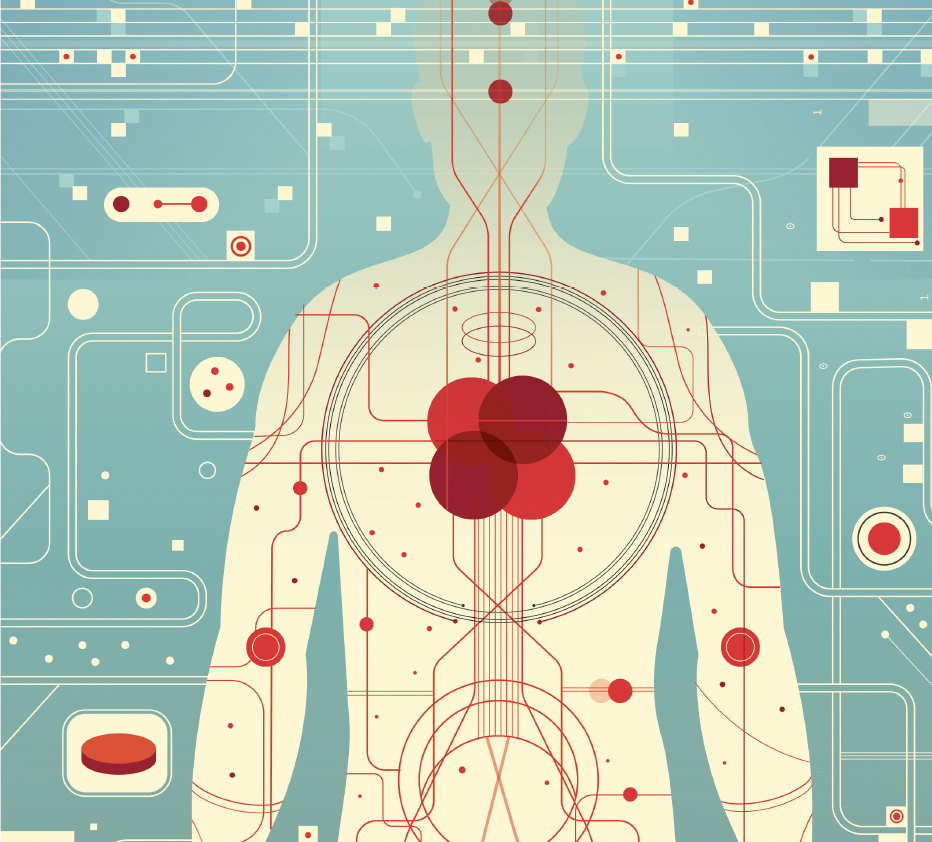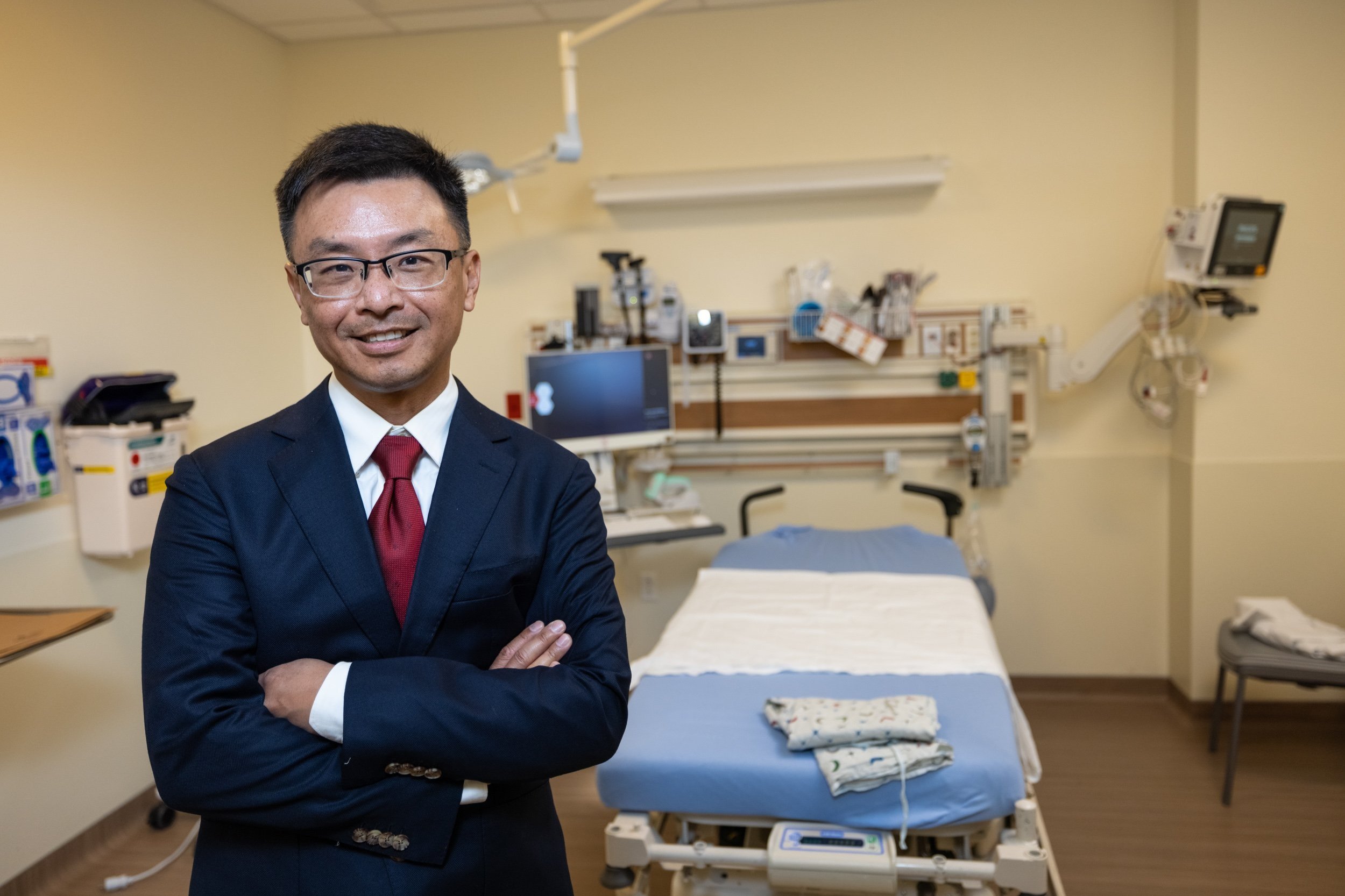
Precision EM: Innovation in Sepsis Testing
Sam Yang, MD is using advances in microfluidic technologies to develop a new, rapid bedside test for sepsis.
Creating New Technology to Rapidly Diagnose and Treat Sepsis
Every year, nearly 1.7 million Americans develop sepsis. Standard diagnosis of sepsis relies on a blood test that typically takes at least 24 hours. Samuel Yang, MD is working to change this.
Yang, an associate professor of emergency medicine, has received two grants from the National Institutes of Health totaling $7.4 million to develop a rapid sepsis test with high accuracy. Preliminary data from his research suggests it is possible to accelerate antimicrobial susceptibility testing, with results available within as little as 15 minutes.
Yang’s approach is to analyze bacteria at a single-cell level versus an entire population of cells. To work at such a minute scale, he is using advances in microfluidic technologies to miniaturize a full-scale laboratory into a disposable, cartridge-size device operable by a bench-top instrument.
The test first captures live bacteria directly from whole blood, then probes the genetic sequences within each bacterium individually for species identification, before tracking phenotypic features of individual live bacterium – size, shape, metabolism, and growth rate – to determine the response to antibiotics.
While incorporating complex technologies, Yang is determined to create a product that is automated and easy to operate, particularly within the timeframe of emergency care.

